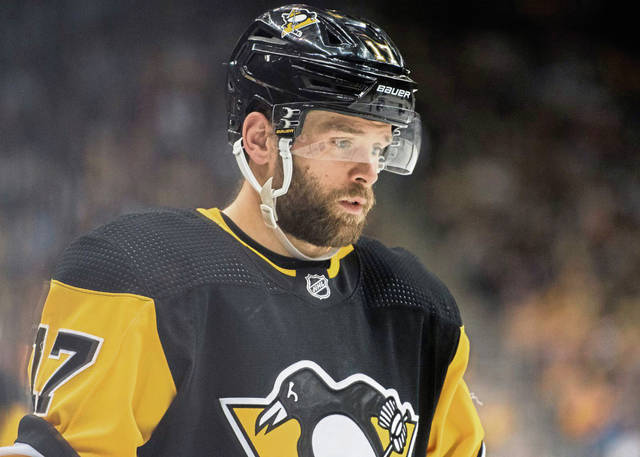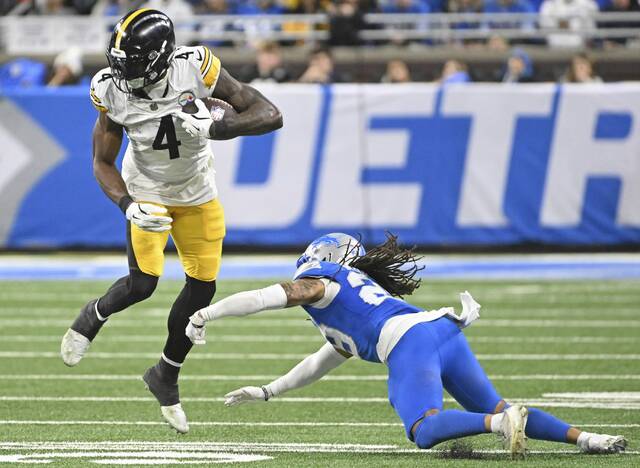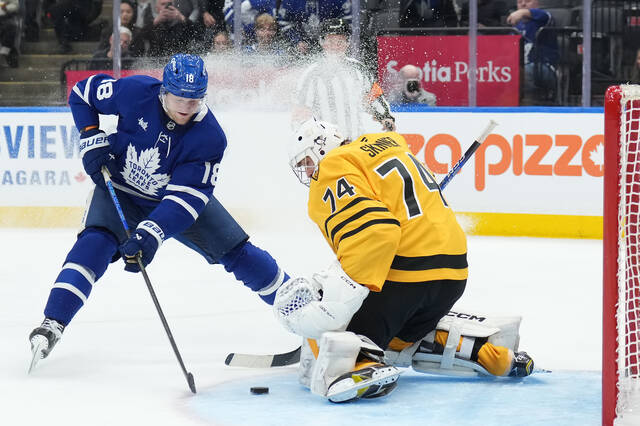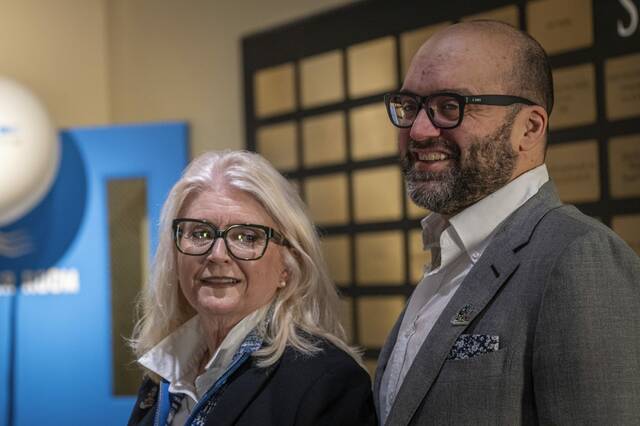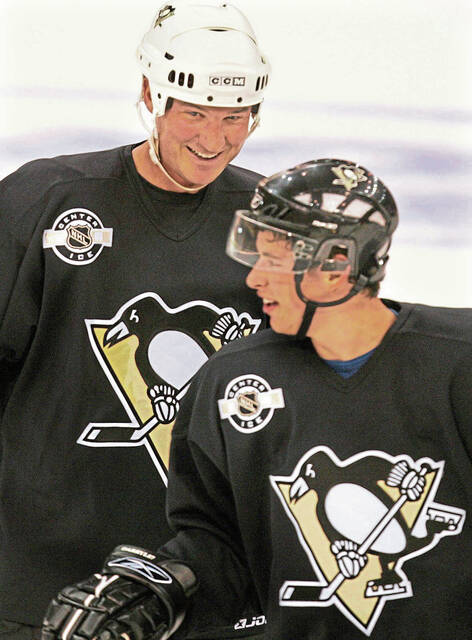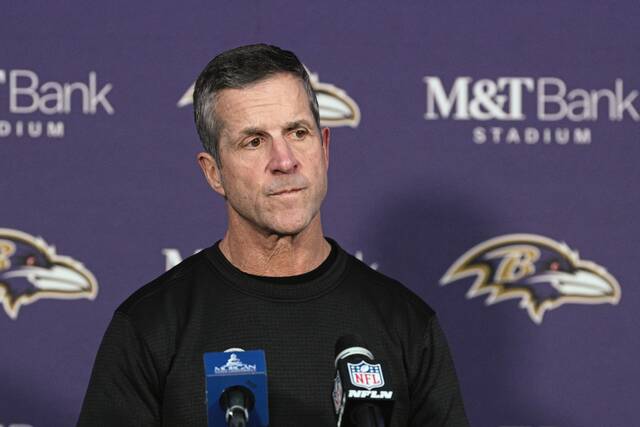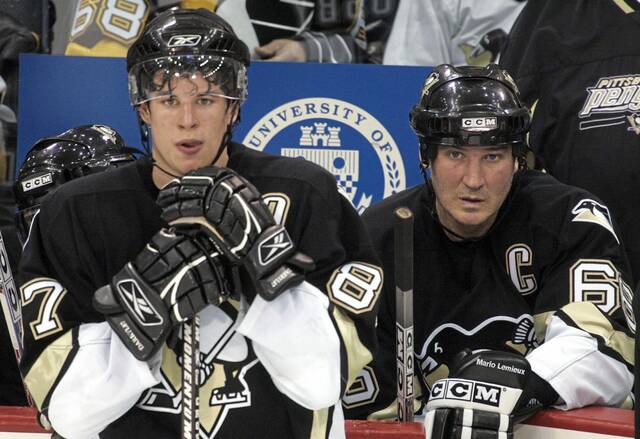While the NHL is on hold because of the ongoing coronavirus pandemic, the Tribune-Review will offer Penguins A to Z, a player-by-player look at all 54 individuals under NHL contract with the organization, from mid-level prospect Niclas Almari to high-profile trade acquisition Jason Zucker.
Player: Bryan Rust
Position: Right winger
Shoots: Right
Age: 28
Height: 5-foot-11
Weight: 192 pounds
2019-20 NHL statistics: 55 games, 56 points (27 goals, 29 assists)
Contract: Second year of a four-year contract with a salary cap hit of $3.5 million. Pending unrestricted free agent in 2022.
Acquired: Draft, third round (No. 80 overall), June 26, 2010
This season: Rust always could score. After all, plenty of his goals came in big moments during Stanley Cup runs in 2016 and ’17.
But he never scored so often prior to this season.
And forget about him morphing into a 20-goal scorer. He turned into a point-per game player.
It’s a good thing, too, because his offensive surge help buoy a team that was hampered by considerable injuries to the forward ranks.
Rust was injured himself in the last game of the preseason after blocking a shot with his left hand and missed the first 11 games of the season. Once recuperated, he showed off his scoring acumen right away by netting a goal in his first game, a 3-0 road win against the Dallas Stars on Oct. 26.
(Video courtesy NHL)
While Rust increased the quantity of his goals, he didn’t lose anything in the quality of them.
The Penguins’ leader with 21 minutes, 26 seconds of total ice time in overtime this season, Rust’s four winning goals are second-most on the team. Additionally, he found more regular deployments on the power play and led the team with nine goals on the man advantage.
(Video courtesy NHL)
Rust appeared to hit a wall of sorts by the start of February.
In his first 37 games of the season, he had 45 points (1.21 points per game). After Feb. 1, he only had 11 points in the final 18 games of the regular season (0.61 points per game).
Rust remained a contributor on the penalty kill with 1:38 of short-handed ice time per game, and his speed continues to make him one of the team’s top lead forecheckers, or, to use the parlance of the sport, F1s.
By the time the NHL halted play in mid-March, Rust, who in past seasons has often been moved up and down all four lines and both wings, virtually was welded onto center Evgeni Malkin’s right wing on the second line.
While he had carved out a role on the top power-play unit, thanks in part so so many injuries, he eventually relinquished that spot to newly acquired forward Jason Zucker and was bumped to the second unit.
The future: Should the season resume this summer, Rust presumably will remain on Malkin’s line and with the second power-play squad as well as the penalty kill.
And considering a restart will take place in a postseason tournament, Rust should feel more than comfortable in a high-stakes environment given his previous playoff exploits.
Beyond this season, Rust, who likely would have reached the 30-goal mark had the season not been disrupted, appears to be a bit of a bargain with a salary cap hit of $3.5 million for another two years.
He just has to keep scoring.


